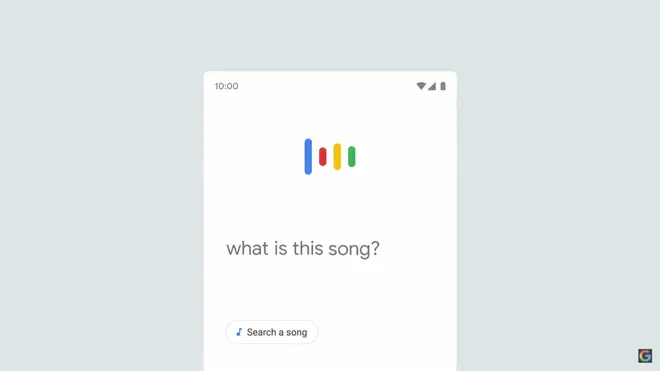On Air Now
Calm Classics with Ritula Shah 10pm - 1am
3 November 2023, 15:43 | Updated: 3 November 2023, 15:51

Hum to Search - Now in the Google app
A life-saver for classical music lovers around the world, who have before now been unable to search for a forgotten piece of music, with just its melody…
You can now search in Google and YouTube for any song or symphony you like, just by humming, singing or whistling it.
The update, a feature called ‘Hum to Search’, was announced at Google’s Search On event in 2020 but has now also been rolled out within YouTube, which is owned by Google.
It allows you to search for a piece of music which either has no lyrics, or whose lyrics you can’t remember.
We tested it out with Puccini’s ‘O mio babbino caro’…

We tried out "What's this Song" with a Puccini aria
Read more: Genius Google tool turns your tuneless humming into a lovely violin solo
To try it out yourself, go into the Google app (not the Chrome app) on your phone and tap on the microphone icon. Ask Google ‘What’s this Song’, and then whistle, hum or sing away.
If you’re using Google Assistant, you can simply ask your phone, “hey Google, what’s this song?”.
And on YouTube, all you need to do is tap ‘search’, hit the microphone button, and select ‘song’.
You are then given 10 to 15 seconds to sing, hum or whistle the melody, after which the app will present you with a selection of possible matches, beginning with what it deems to be the most likely.
The feature should work even if the user is tone-deaf, according to the tech giant. So you don’t even need to worry too much about your intonation being on point...

“An easy way to explain it is that a song’s melody is like its fingerprint: They each have their own unique identity,” a post on Google’s blog says.
“We’ve built machine learning models that can match your hum, whistle or singing to the right ‘fingerprint’.
“When you hum a melody into Search, our machine learning models transform the audio into a number-based sequence representing the song’s melody, models are trained to identify songs based on a variety of sources, including humans singing, whistling or humming, as well as studio recordings.
“The algorithms also take away all the other details, like accompanying instruments and the voice’s timbre and tone. What we’re left with is the song’s number-based sequence, or the fingerprint.”
‘Hum to Search’ is available on Android and iOS.